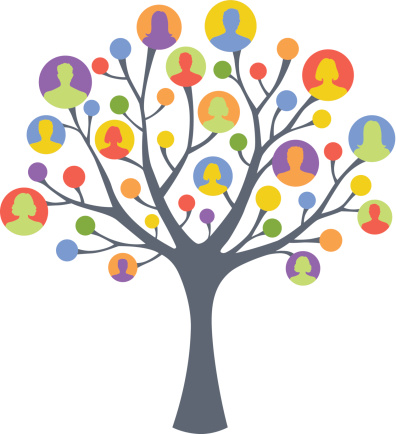Donor-Advised Funds at Community Foundations: Connect Donors & Nonprofits
 A blog post I wrote about our board’s recent policy decision on dealing with inactive donor-advised funds generated interest and questions:
A blog post I wrote about our board’s recent policy decision on dealing with inactive donor-advised funds generated interest and questions:
- What prompted us to act?
- Are other community foundations taking similar steps?
- What does the growth of donor-advised funds mean for local grantmaking?
What Prompted Us to Act?
Our board’s action to address the few (about 5%, or fewer than five) inactive donor-advised funds out of the 80 we steward was done to align all the funds here with our business goal of helping people and businesses invest in our community.
The policy was crafted with sensitivity for our donor advisors and their heirs, real people we know and respect.
After four years of inactivity by a donor advisor, following a process to contact and work with them—some of whom live out of state or out of the country—we can exercise our variance power and direct the funds toward the closest charitable purpose we have to the donor’s original intent.
Are Other Community Foundations Taking Similar Steps?
Yes. There are examples of fund agreements online from the Silicon Valley Community Foundation, the Boston Foundation and the Community Foundation of Collier County in Florida, with similar provisions for addressing dormant donor-advised funds. Community foundations across the country are implementing such policies, not because they are compelled to act by increased scrutiny or regulation, but because they, and almost universally their donors, are genuinely committed to increasing grant dollars and affecting change in their communities.
In crafting our policy, we looked to our colleagues and the Council on Foundations for guidance and best practices.
What Does the Growth of Donor-Advised Funds Mean for Local Grantmaking?
While we’re aware of the significance of publicizing our board’s recent action in light of the flack about donor-advised funds, a more productive discussion would ask, How much good is being accomplished by having donor-advised funds as a charitable giving tool at community foundations?
Donors benefit from our personalized service, local knowledge and freedom from the administration and tax reporting required if they chose to establish a private foundation instead of a donor-advised fund.
Local nonprofits gain from our ability to generate greater giving by educating and connecting donors to projects and groups they may not have otherwise known about.
Maybe the most fitting example of a donor-advised fund in action is the story of Bernice Caminata, our oldest donor advisor, who passed away this year at 101 years of age. She established a donor-advised fund here in 2009, to celebrate her 96th birthday. In those six years, Bernice advised grants from her fund totaling $81,000 to 25 nonprofits, many of those she learned about from us.
By having a donor-advised fund, Bernice gained the flexibility to respond quickly with contributions for immediate local needs, like a case of vandalism that prompted her to give to Community Bridges, a local human service organization.
Some of our donor advisors gave to a local nonprofit that suffered a fire, others contribute to relief efforts following natural disasters like the earthquakes in Nepal or hurricanes in the U.S.
So, when I hear criticisms that donor-advised funds are “non-transparent tax shelters,” or that they are stashing contributions that should be going out now to charitable organizations, I think of Bernice and others like her.
Last year, we granted out $13.4 million—a record high for us—including $9.4 million from donor-advised funds. This represents an aggregate average payout from our 80 donor-advised funds of 24%.
Our growth in total giving comes from numerous factors. Some we can’t control, like the ups and downs in the market that govern the amounts available for grantmaking.
One thing we can control, however, (and here’s my tip for nonprofits) is building relationships with our donors, by recognizing and treating each one as an individual with human needs and interests we want to hear about, not just at fundraising time.
If we lift the conversation beyond the debate on percentages and payouts we can start talking about the ways we can work together in our communities for a greater good, one that we all share in shaping.
Editor's Note: We continued this conversation in our webinar, “Donor-Advised Funds at Community Foundations: Connecting Donors and Nonprofits” on Tuesday, November 17 with a panel moderated by Aaron Schill, Director of CFInsights. E-mail Aaron to learn more.
